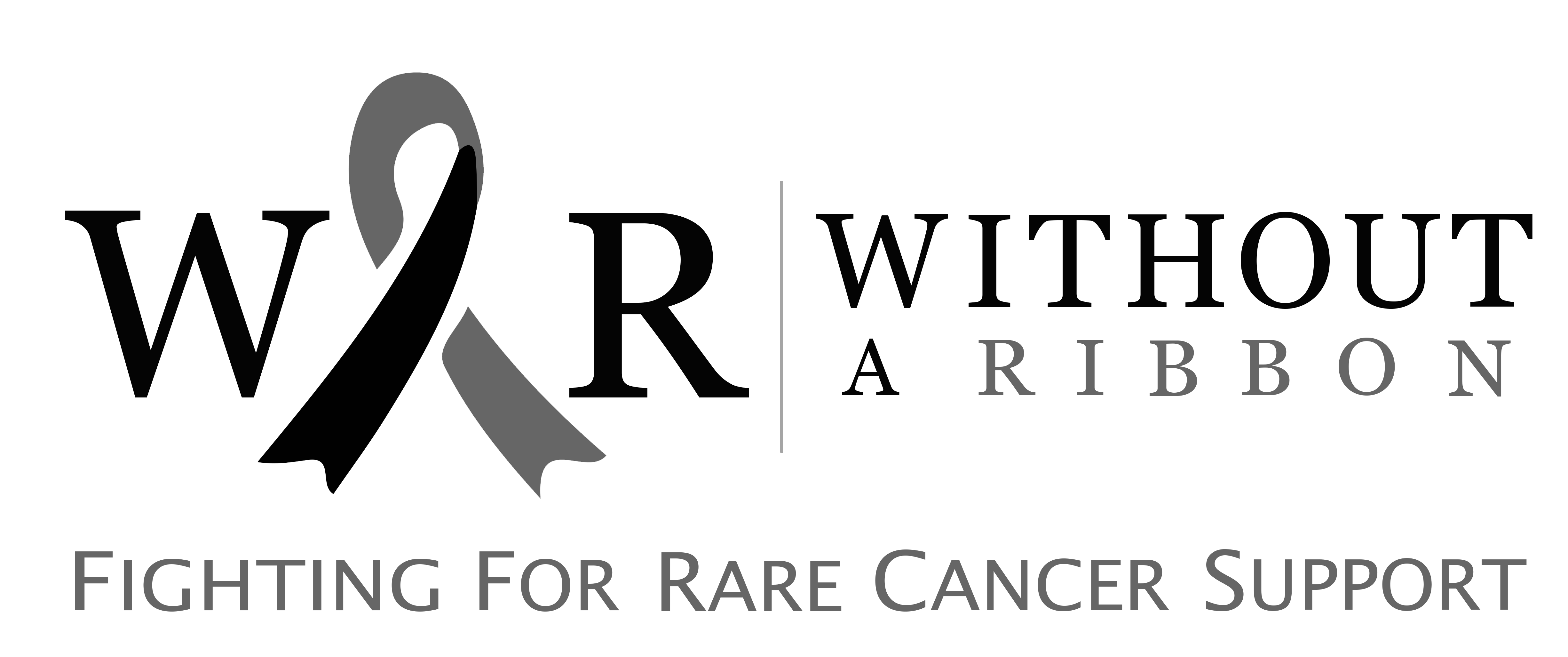What is Angiosarcoma of the Heart?
Angiosarcoma of the heart is an extremely rare and aggressive type of cancer that starts in the cells lining the blood vessels of the heart. These cells, called endothelial cells, normally help form the inner walls of blood vessels and control the flow of blood.
When they begin to grow uncontrollably, they form a tumour. This tumour most often appears in the right atrium (the upper right chamber of the heart), where it can interfere with normal blood flow and heart function.
Cause
This type of cancer is more common in adults, usually between the ages of 30 and 50, and affects men slightly more often than women. The exact cause is unknown, and most cases seem to happen by chance rather than being inherited or linked to a specific risk factor.
Symptoms
At first, symptoms are often mild and can easily be mistaken for other heart or lung problems. People may feel shortness of breath, especially when lying down or doing physical activity. There may be chest pain, a feeling of pressure, or heart palpitations (fast or irregular heartbeat).
As the tumour grows, it may block blood flow inside the heart, causing swelling of the legs, face, or abdomen due to fluid buildup. Some people experience fatigue, cough, or fainting spells. In severe cases, fluid may collect around the heart (a condition called pericardial effusion), which can cause sudden chest pain and difficulty breathing. Because the symptoms are not specific, this cancer is often diagnosed late.
Diagnosis
To find out what is happening, doctors use imaging tests like echocardiography (heart ultrasound), CT scan, or MRI to visualize the tumour inside the heart. A biopsy is sometimes performed to confirm the diagnosis under a microscope. However, this must be done carefully because of the tumour’s delicate location.
Treatment
Treatment for angiosarcoma of the heart is challenging because of its position and tendency to spread quickly. Surgery is usually done to remove as much of the tumour as possible, but in many cases, complete removal is difficult. Chemotherapy and radiation therapy may be used to slow down the growth or control symptoms. In some rare situations, a heart transplant may be considered if the cancer has not spread beyond the heart.
Prognosis
The outlook for this disease is often poor, mainly because it is discovered late and spreads rapidly to other organs such as the lungs or liver. However, early diagnosis and modern treatments can sometimes extend life and improve comfort.
You can help us with your donation:
Without a Ribbon is a charity that works hard to aid those who suffer from rare cancers. You can help our cause in a variety of ways:

